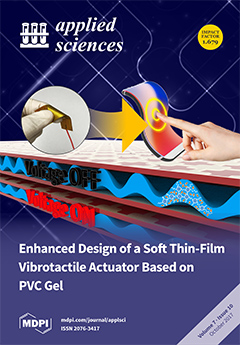1
Intense Laser Irradiation Laboratory (ILIL), Istituto Nazionale di Ottica (INO), Consiglio Nazionale delle Ricerche (CNR), Via G. Moruzzi 1, 56124 Pisa, Italy
2
Istituto Nazionale di Fisica Nucleare (INFN) Sezione di Pisa, Largo Pontecorvo 3, 56127 Pisa, Italy
3
Istituto Nazionale di Fisica Nucleare, Laboratorio Acceleratori e Superconduttività Applicata (INFN-LASA), Via Fratelli Cervi 201, 20090 Segrate, Italy
4
Dipartimento di Fisica e Astronomia, Università degli Studi di Catania, 95123 Catania, Italy
5
Laboratori Nazionali del Sud, INFN, Via S. Sofia, 95125 Catania, Italy
6
Istituto Italiano di Tecnologia, Via Morego 30, 16163 Genova, Italy
7
Dipartimento di Energia, Politecnico di Milano and INFN, Sezione di Milano, via Lambruschini 4, 20156 Milano, Italy
8
Università degli Studi di Enna Kore, Via delle Olimpiadi, 94100 Enna, Italy
9
Dipartimento di Fisica e Astronomia, Università di Bologna and INFN, Sez. di Bologna, 40126 Bologna, Italy
10
Dipartimento di Fisica, Università di Pisa, 56124 Pisa, Italy
11
Institute of Physics Czech Academy of Science, ELI-Beamlines, Za Radnicí 835, 252 41 Dolní Břežany, Czech Republic
add
Show full affiliation list
remove
Hide full affiliation list





